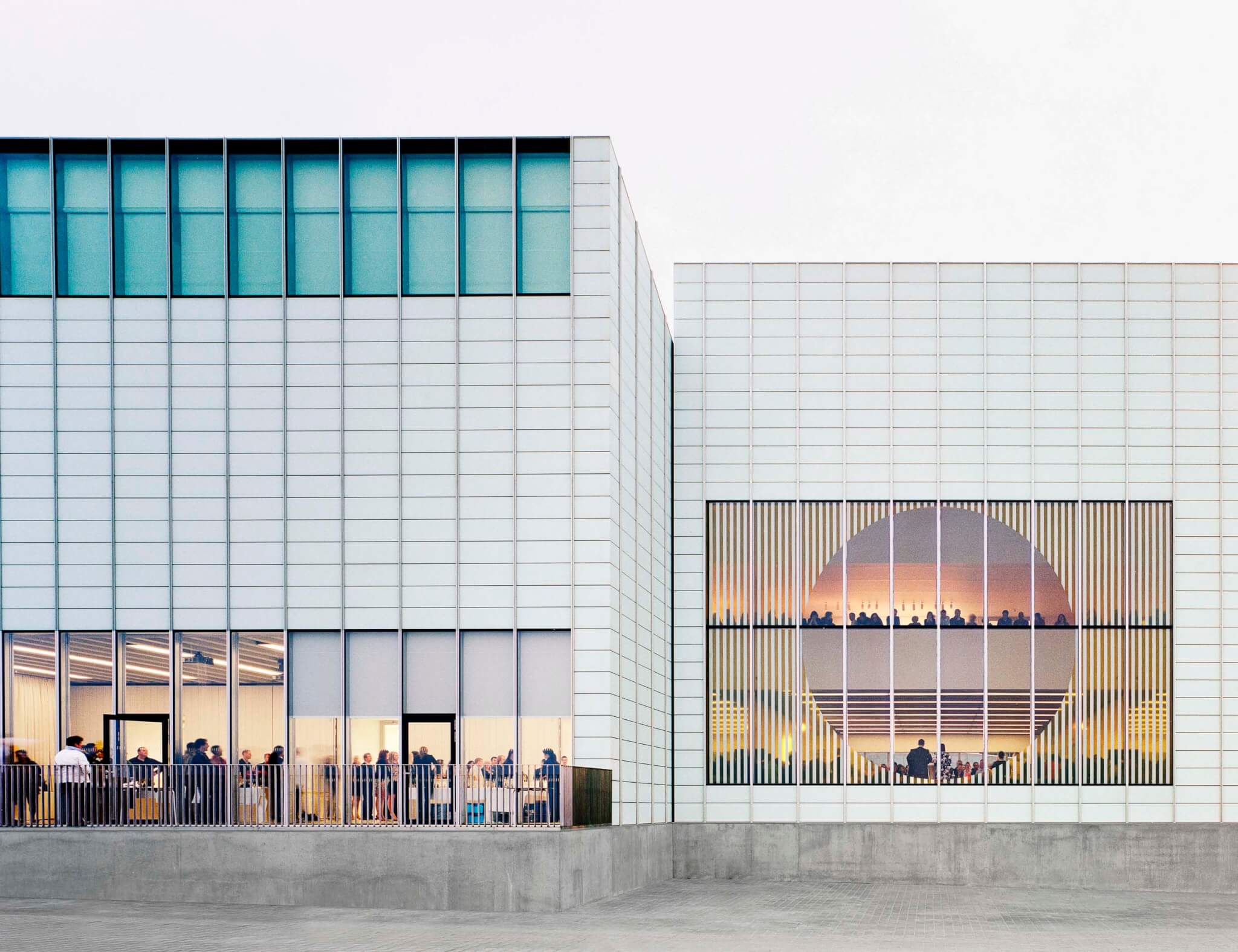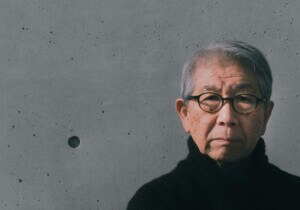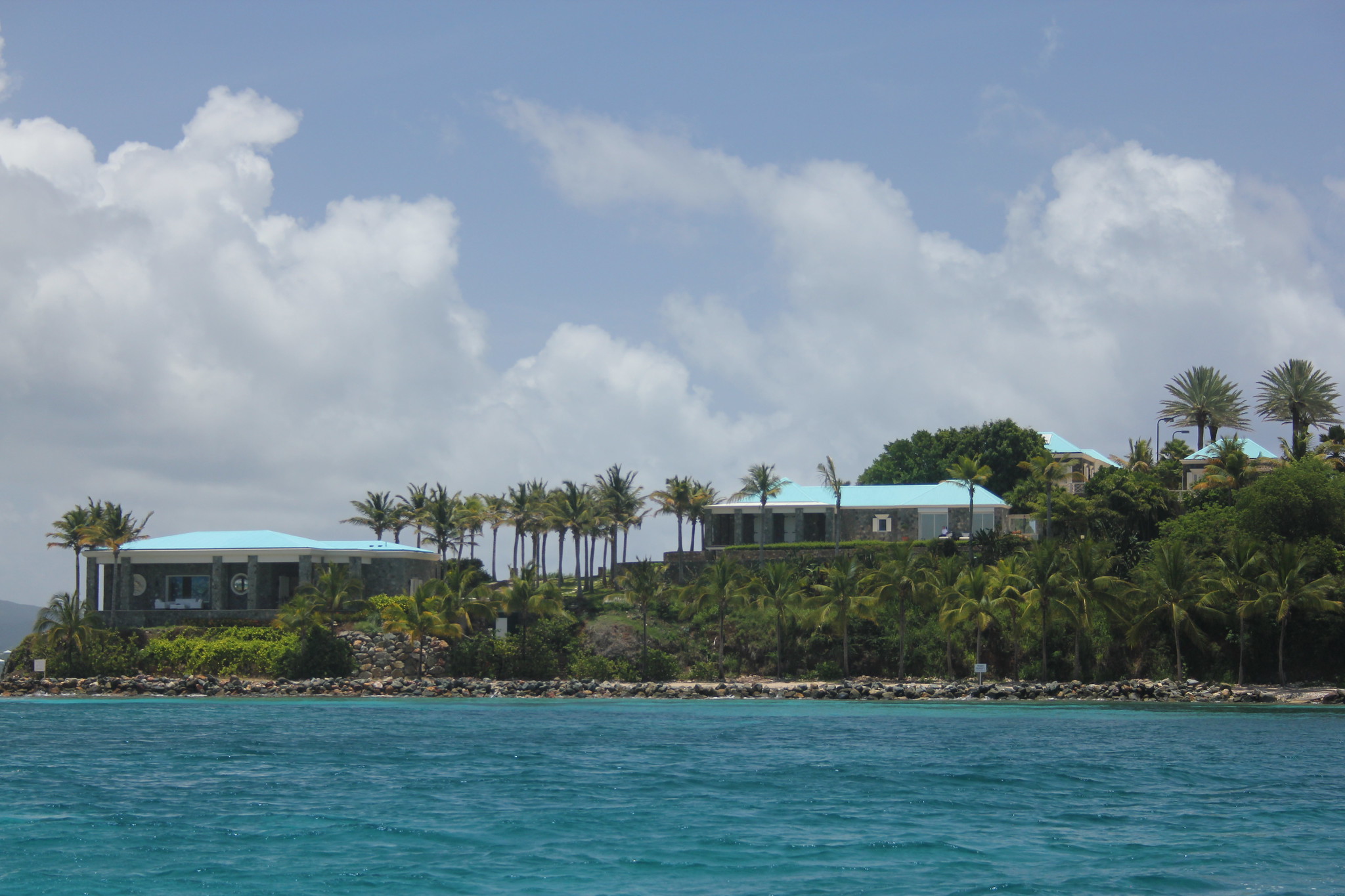David Chipperfield, whose built work spans the globe, has been named as the recipient of the 2023 Pritzker Architecture Prize. As an architect, urban planner, and activist, Chipperfield is recognized for his timeless designs and sensitivity to social and environmental issues. He is the 52nd recipient of the prize.
Chipperfield grew up in Devon, England, surrounded by an idyllic farm landscape. After graduating from the Kingston School of Art in 1976 and the Architectural Association School of Architecture in London in 1977 he worked under several notable architects, including Douglas Stephen, Norman Foster (1999 Pritzker Prize Laureate) and the late Richard Rogers (2007 Pritzker Prize Laureate). In 1985 he opened his own eponymous studio, David Chipperfield Architects, in London. Since its founding the firm has expanded across continental Europe and into Asia; it has offices in Berlin, Shanghai, Milan, and Santiago de Compostela, Spain.

His illustrious portfolio of completed projects ranges in scope and typology. One of his first projects was the design of a shop for the late designer Issey Miyake. Among his other works are civic, cultural, and academic buildings, as well as master plan schemes in cities across the world. His museum renovations—and perhaps his treatment of the Neues Museum in Berlin—are likely his most well-known contributions to contemporary architecture.

“I am so overwhelmed to receive this extraordinary honour and to be associated with the previous recipients who have all given so much inspiration to the profession,” Chipperfield said in a press release. “I take this award as an encouragement to continue to direct my attention not only to the substance of architecture and its meaning but also to the contribution that we can make as architects to address the existential challenges of climate change and societal inequality. We know that, as architects, we can have a more prominent and engaged role in creating not only a more beautiful world but a fairer and more sustainable one too. We must rise to this challenge and help inspire the next generation to embrace this responsibility with vision and courage.”
Most recently Chipperfield’s Berlin office was tapped to expand the Archeological Museum in Athens. Other recent projects include the restoration of the Procuratie Vecchie in Venice and a neighborhood plan in Paris known as the Morland Mixité Capitale, and the renovation of Mies’s Neue Nationalgalerie in Berlin. Among his notable past projects are several museum projects, most notably, the aforementioned reconstruction and reinvention of the Neues Museum in Berlin (2009); the new James-Simon-Galerie, also located in Berlin (2018), the Turner Contemporary in Margate, United Kingdom (2011); and Museo Jumex in Mexico City (2013).


In the jury citation the members heralded Chipperfield his museum designs:
At once architectural and museological projects, in Chipperfield’s hands museums as institutions and buildings offer a transformation of the urban life of the cities where they are located. Generous outdoor spaces make them not fortresses but connectors, places for gathering and observing, such that the building itself is a gift to the city, a common ground even for those who never enter the galleries. In short, his buildings embody a commanding balance of the seemingly contradictory notions of being complete in and of themselves as architectural designs where every detail is conceived as a carefully studied part of a whole, and at the same time create interconnections to the city and to the society in such a way as to fundamentally transform a whole district.
While the type and location of his projects vary, the architect is praised for his timeless designs and his ability to weave past with present while considering the pressing needs of the environment and society.
He is one of the few recent Pritzker Prize winners with a number of built projects in the U.S. Among these works are an expansion to the St. Louis Museum of Art (2013); the Anchorage Museum in Anchorage, Alaska (2009); the Des Moines Public Library in Iowa (2006); and the Figge Art Museum in Davenport, Iowa (2004). Additionally, Chipperfield has realized a number of buildings in New York, including The Bryant (2021), adjacent to Bryant Park; 11–19 Jane Street (2021) in the West Village; and a flagship store for Valentino (2014) on Fifth Avenue, now closed.
In 2015, Chipperfield was selected to design a new wing for the Met, only to see the initiative be put on hold for seven years. The architect and museum parted ways, and last spring the Met announced that Frida Escobedo would design the project. In a series titled The Ones That Got Away posted on Instagram shortly after the Met’s announcement, Chipperfield wrote that “Designing this New York project […] was hugely stimulating, and it was a privilege to work with such inspiring people within the institution. I hope that one day we will find out why we were replaced. In the meantime we can only lament that our project will remain unbuilt.”
Chipperfield also has a design in the works just across the street. As announced in 2021, the architect is at work on a 6-story townhouse at 1014 Fifth Avenue to become a “space for ideas.” The project, undertaken with KARO Architects and Paratus Group for the federal government of Germany, aims to remake the former location of the Goethe-Institut New York into a “new platform for trans-Atlantic dialogue and exchange,” according to a design update last year.

The jury continued its praise in its citation, adding:
In an era of excessive commercialization, over-designing, and over-exaggeration, he can always achieve balance: between a modern minimalistic architectural language and freedom of expression, between abstract statements and rigorous elegance never devoid of complexity. While preserving a meticulous yet consistent quality of design, David Chipperfield has continually worked across a wide array of building types from public civic buildings to commercial, residential and retail structures. But from early in his career, museums have been a particular focus. Ranging across small-scale works free standing in the landscape to large-scale monuments in prominent and often complex and delicate urban locations, his museum buildings have always defied the notion that a museum is a place for elite culture. Over and over, he has interpreted the demands of the museum program to create not only a showcase for art but also a place interwoven with its city, breaking down boundaries and inviting the public at large to engage.
Members of the 2023 Pritzker Prize jury included chair Alejandro Aravena, Barry Bergdoll, Deborah Berke, André Aranha Corrêa do Lago, Kazuyo Sejima, Wang Shu, Benedetta Tagliabue, and retired United States Supreme Court Justice Stephen Breyer.

A ceremony for the 2023 Pritzker Prize will be held in Athens, Greece, this May. Chipperfield will receive a $100,000 cash prize and bronze medallion. His win follows that of Diébédo Francis Kéré, who was the recipient of the prestigious award in 2022.











